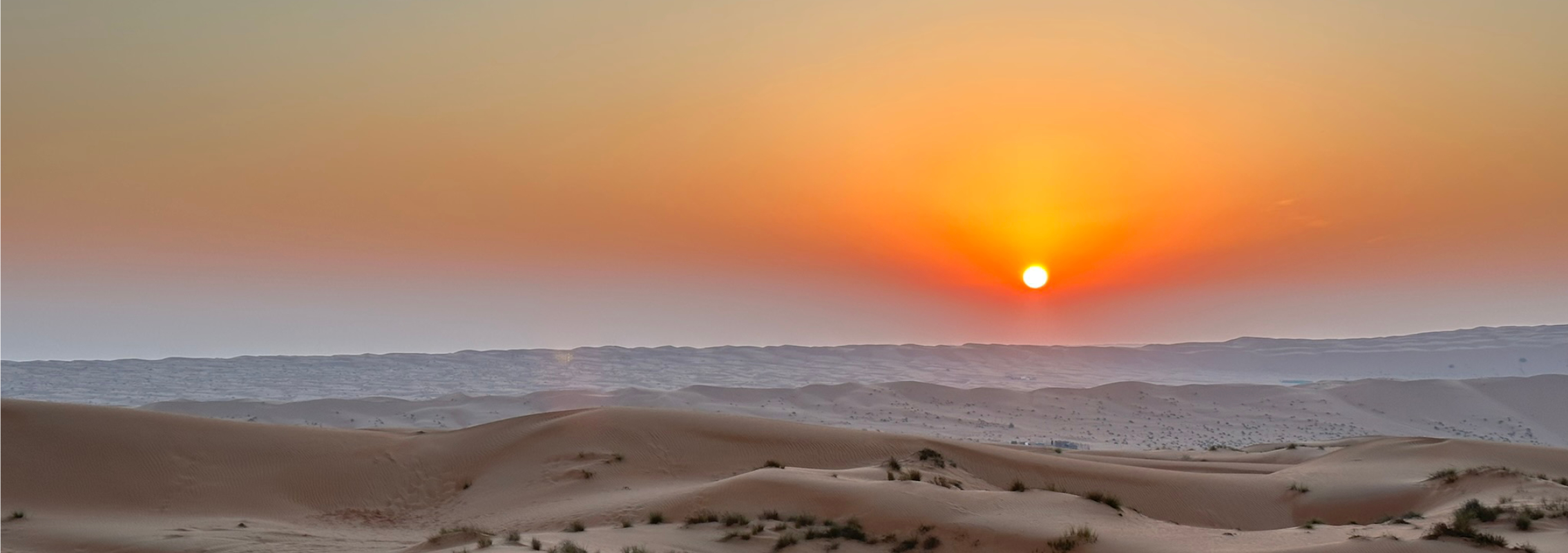*** Discovering Oman ***
The country that stole our hearts
>> Middle East // Oman
Highlights: About Oman // Muscat // Nizwa // Jebel Akhdar // Wadi Shab // Wahiba Desert // Dimaniyat // Highlights

It's not often that we travel to a country that truly captivates us, leaving us yearning to return. But Oman is one of those rare places. Without a doubt, I’ll be back to explore even more of its beauty. From its magnificent grand mosques to breathtaking mountain ranges and vast desert landscapes, Oman offers an incredible variety of Arabian experiences. If you're seeking adventure, culture, and stunning scenery all in one destination, Oman has it all!

Introduction about Sultanate of Oman:
About Oman:
Officially known as the Sultanate of Oman, this nation is a land of striking contrasts—golden deserts, rugged mountains, and pristine beaches. It shares borders with the United Arab Emirates, Saudi Arabia, and Yemen, while its coastline stretches along the Arabian Sea and the Gulf of Oman. With Muscat as its capital, Oman remains deeply rooted in its traditions while embracing modern development.
A Land of Culture and Heritage
Unlike its flashier neighbors, Oman has preserved its authentic Arabian charm. From the bustling alleys of Mutrah Souq, where the scent of frankincense fills the air, to the towering forts of Nizwa that echo tales of the past, every corner of the country tells a story. The Sultan Qaboos Grand Mosque in Muscat is a masterpiece of Islamic architecture, while the Wahiba Sands desert offers an unforgettable experience of Bedouin life. For those who love history, Oman’s coastal forts—like Al Jalali and Al Mirani—stand as a reminder of its maritime past.
Oman's Natural Wonders
Nature lovers will be spoiled for choice in Oman. If you enjoy hiking, the cool mountain air of Jebel Akhdar (Green Mountain) and the deep canyons of Jebel Shams will leave you in awe. Prefer the beach? The crystal-clear waters of Ras Al Jinz offer a rare opportunity to witness nesting sea turtles. And then there’s Salalah, Oman’s green paradise. Thanks to the annual Khareef (monsoon) season, this southern city transforms into a lush oasis, unlike anything else in the region.
A Nation of Peace and Diplomacy
One of Oman’s defining characteristics is its neutral foreign policy. Often referred to as the "Switzerland of the Middle East," Oman plays a key role in regional diplomacy, fostering peaceful relations with neighboring countries.
Climate in Oman:
Oman has a hot desert climate, characterized by high temperatures and low rainfall. Summers (May–September) are extremely hot, with temperatures often exceeding 40°C (104°F), especially in inland areas. Coastal regions, like Muscat, experience high humidity due to the Arabian Sea. Winters (November–March) are mild and pleasant, with temperatures ranging from 17°C to 25°C (63°F to 77°F). The Dhofar region, particularly Salalah, experiences a unique monsoon season (Khareef) from June to September, bringing cooler temperatures and lush greenery. Rainfall is generally scarce, except for occasional showers in the mountains and during rare cyclones.
How to get here:
Most travellers will arrive to Oman by Air. The main airport in Oman is lcoated in the capital Muscat, and alongside the national carrier Oman Air provides excellent connectivity in the region and beyond. The airport is very modern, and provides excellent car hire opportunities.
Getting Around:
Oman is best travelled by car. There are many car hire options at Muscat Airport. The roads around Oman are very well maintained, so you don't need a heavy duty 4x4 car to explore the country. Make sure to keep an eye on your speed, there is also an abundance of speed cameras all around the sultanate.
Come and explore this stunning country with us
Highlights: About Oman // Muscat // Nizwa // Jebel Akhdar // Wadi Shab // Wahiba Desert // Dimaniyat // Highlights
INSERT MAP
© OpenStreetMap
Latest Update: Mar. 2025